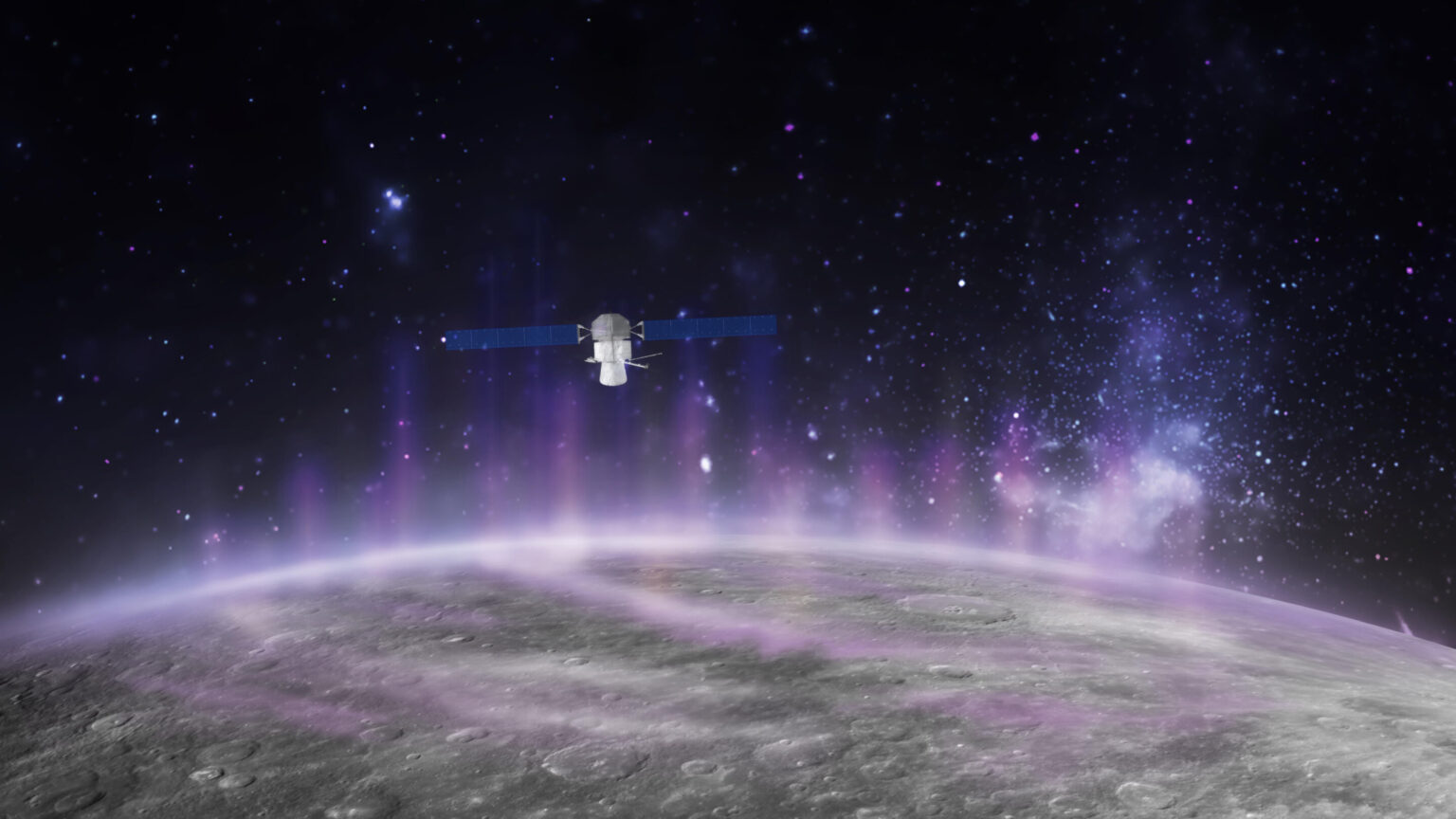Scientists analyzed data collected by the European Space Agency’s BepiColombo spacecraft during its approach to Mercury in 2021. Then it could study in detail the X-ray auroras on this planet closest to the Sun.

BepiColombo Research
Scientists have published the results of their research carried out on the results of the first flight of the BepiColombo mission near Mercury, which took place back in 2021. This spacecraft is jointly built by the European Space Agency (ESA) and the Japan Space Exploration Agency (JAXA).
BepiColombo started its mission back in 2018. However, it approached the first planet from the sun very slowly, decreasing the distance to it with each revolution. In fact, the mission consists of two independent vehicles: the orbital planetary explorer MPO, developed by ESA, and the orbiter for the study of the magnetosphere, which was created by JAXA and subsequently named Mio.
While both probes are connected together. It was in this configuration that BepiColombo made its first rendezvous in 2021, but its path to planned work in low orbit is far from over. However, during this rendezvous, the spacecraft passed at a distance of only 200 km from the surface of the planet.
X-ray auroras
It was the Mio devices that were able to register the birth of high-energy electrons during the flyby. During the flyby, BepiColombo approached Mercury from the night side of the Southern Hemisphere and left the magnetosphere, where the planet met the solar wind.
Thanks to this, it was possible to study in detail the structure of Mercury’s magnetosphere and determine where its outer boundary, the magnetopause, passes. It was also lucky enough to observe how high-energy particles of the solar wind collided with the magnetic field of the planet “head-on”.
One of the main conclusions that scientists have made is that the planet’s magnetosphere is compressed more than expected. This happens precisely under the influence of the solar wind. At the same time, auroras occur on Mercury, the mechanism of formation of which is the same as on Earth.
However, these phenomena are still slightly different from those that we observe on Earth. There they occur not in the visible, but in a much higher-energy X-ray range. How exactly such high-energy particles are generated is still not clear.
However, thanks to the observations of BepiColombo, scientists could accurately establish that the atmosphere, which was too thin for Mercury, did not participate in their formation. Instead, X-ray auroras are born when the solar wind collides with its surface.
According to phys.org
Follow us on Twitter to get the most interesting space news in time
https://twitter.com/ust_magazine

